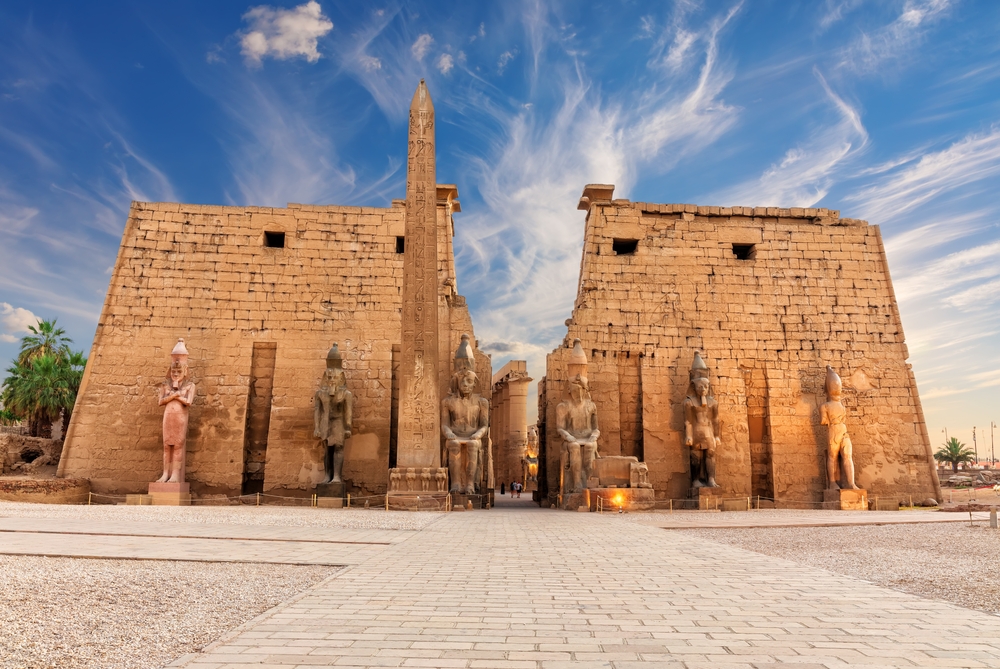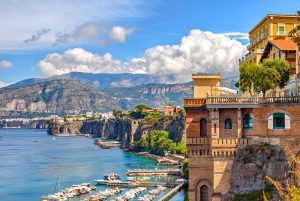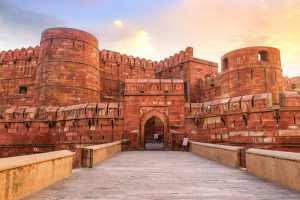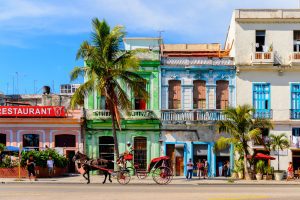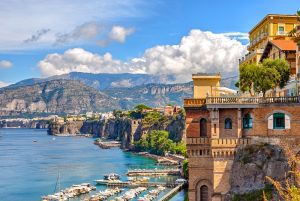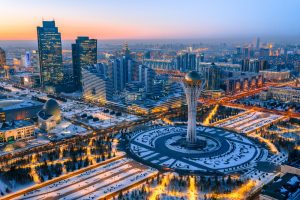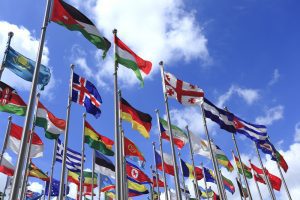Between 3000 BC and AD 500, people colonized every continent on the planet. Using the three-age concept, prehistoric history is divided into three distinct periods: the Iron, Bronze, and Stone Ages.
During that era, there were many rich cities, but some outshone others. Kings took over each other’s empires, therefore growing their wealth and that of their cities.
However, what was the richest city during that period?
Alexandria, Egypt; once among the greatest cities of the Mediterranean world and a center of Hellenic scholarship and science, Alexandria was the capital of Egypt from its founding by Alexander the Great in 332 BCE until its surrender to the Arab forces in 642 CE.
Among Egypt’s biggest cities, Alexandria remains its main seaport as well as a crucial industrial hub.
Table of Contents
What Made Alexandria So Rich?

Alexandria is Egypt’s largest city, as well as the country’s main harbor and industrial hub. At the western end of the Nile River delta, the city is located on the Mediterranean Sea.
Numerous Egyptian products, like glass, wine, and sugar were exported and traded from Alexandria even though they were not made in that city.
Alum, grain, soap, sugar, and flax are among the other products exported from the country, making it incredibly wealthy.
The History of Alexandria, Egypt
Because of its relationship with Alexander and Cleopatra, Alexandria has always held a particular place in the popular imagination.
Alexandria was crucial in conserving and disseminating Hellenic culture to the rest of the Mediterranean.
Alexandria’s Collapse
However, the city began to collapse in the 16th century as a result of pandemic sickness and governmental mismanagement, and by the end of the 18th century, all signs of Alexandria’s past splendor had vanished.

Alexandria had been reduced to a town of around 10,000 people by the time French troops invaded Egypt in 1798.
It was important primarily for its position in Ottoman maritime networks.
The modern city, which thrived in the 19th century as a key center of the expanding cotton industry, had nothing in common with the ancient metropolis.
Alexandria’s Recovery
However, the town’s recovery in the nineteenth century resulted in a significant shift in the city’s identity.
Alexandria became more tightly linked to the Nile valley than ever before as agricultural exports increased.
Also, native Egyptians moved to the city, and the Egyptian state was formed and integrated. As a result, it became the focal point of the developing Egyptian national consciousness.
Alexandria remained Egypt’s “second capital” at the turn of the century. It continued to make a significant contribution to the national economy and was a favorite summer vacation spot.
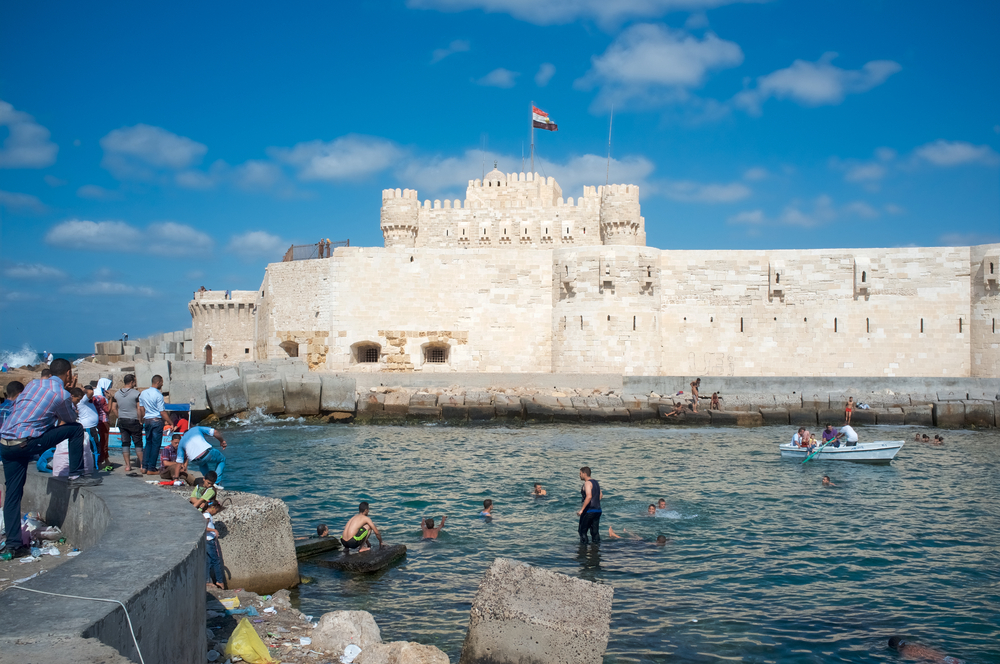
What Drives Alexandria’s Economy?
Manufacturing, shipping, warehousing, banking, food processing, and the production of petrochemicals and cement are among Alexandria’s industrial and commercial operations, indicating the city’s importance to the national economy.
Alexandria and its surroundings provide nearly two-fifths of Egypt’s industrial output. The majority of industrial development has occurred on the city’s western outskirts, particularly around the more modern Western Harbor and along its southern flank; the industry is the city’s primary source of employment.
Reclamation of Land
Land reclamation has been done with some success in the hinterland, where agriculture is a major economic activity.
The Egyptian regime approved a program near Alexandria to boost food output and draw away those seeking jobs from crammed metropolitan areas.
This is done by extending pieces of reclaimed land to graduates and universities, who can make purchases using loans.
Cotton, which had been introduced into Egypt in the 1820s, was contributing significantly to the city’s riches by the 1840s.
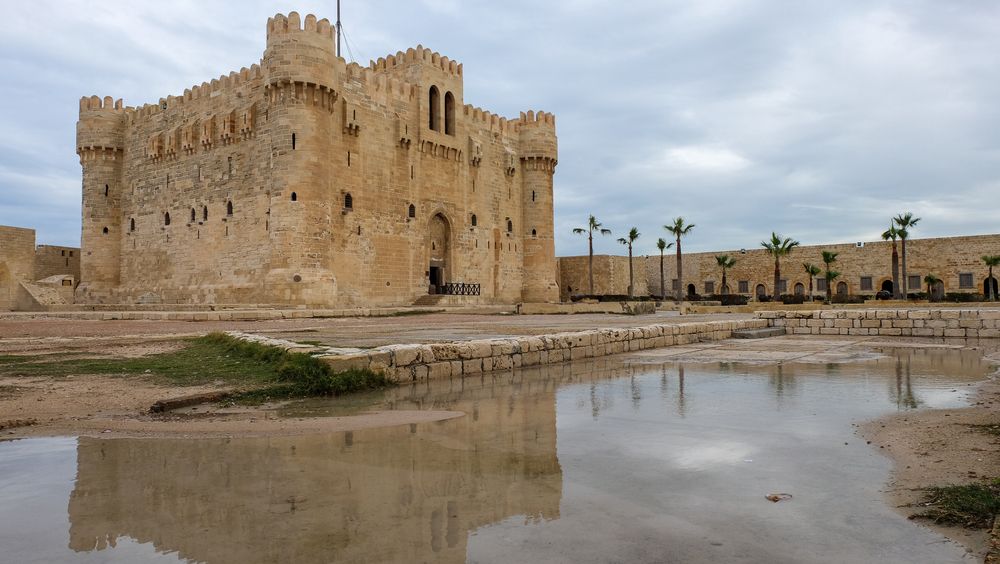
As a result, Alexandria grew in importance as a banking and commercial center. The Alexandria Stock Exchange opened in 1883, and the Cairo Stock Exchange opened in 1903.
Understanding the Cultural Life of Alexandria, Egypt
The Greco-Roman Museum, Alexandria’s most prominent museum, is known for its superb collection of antiquities, most of which were discovered in or near the city.
Archaeological excavation is centered on Kawm al-Dikkah and the underwater site of the Pharos lighthouse, thanks to renewed interest in the Classical period.
The Museum of Fine Arts hosts modern and regional art exhibitions. In addition, Al-royal Muntazah’s palace boasts large public gardens and access to the Mediterranean.
The Bibliotheca Alexandrina has also contributed significantly to the city’s cultural offerings.
Mostafa El-Abbadi, an Alexandria University professor, introduced the idea of recreating the old library in 1972.
The Egyptian government opted to fund the project, which opened in 2002. It houses a working library, a manuscript repository, a planetarium, museums, art galleries, and conference facilities.
What are the Demographics of Alexandria, Egypt?
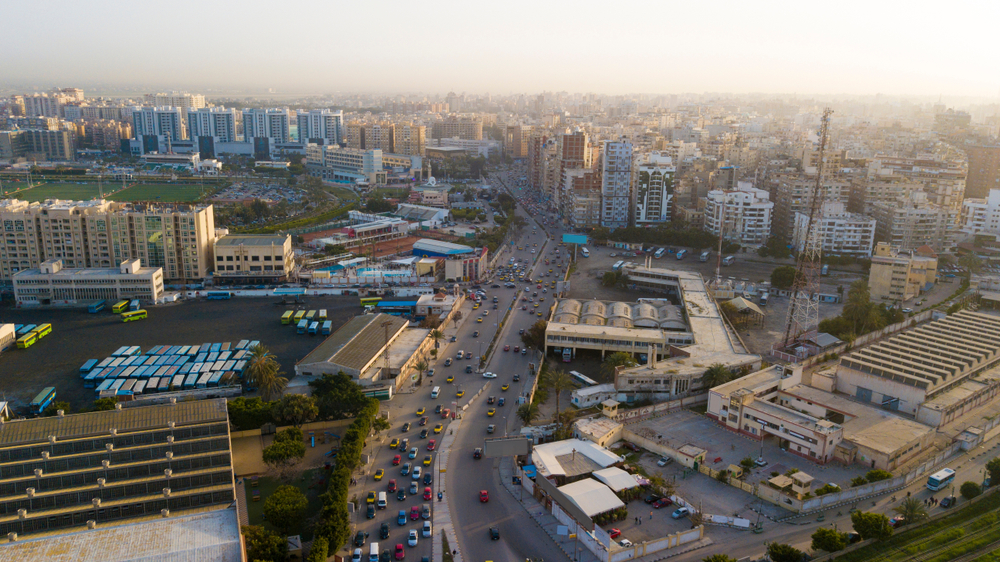
High birth rates and migration from the countryside resulted in a huge increase in the population from the late 1800s to the 1980s.
The city’s population grew from around 1.5 million in the decade following the 1952 revolution to more than 2 million in 1976, with half of the inhabitants under the age of 20.
The city’s population continued to rise, topping 4 million in the early twenty-first century.
Even though Arabic-speaking Egyptians make up the vast majority of the city’s population, Alexandria once had a polyglot foreign community.
It was made up primarily of immigrants from other Mediterranean countries such as France, Syria, Italy, and Greece.
French was the language spoken in this community and by most educated Egyptians. Most residents are Sunni Muslims, while their Christian minority is primarily made up of Coptic Orthodox Church adherents.
What Type of Climate Does Alexandria, Egypt Have?
Alexandria has a very different climate than the desert hinterland due to the strong northern wind that blows across the Mediterranean.
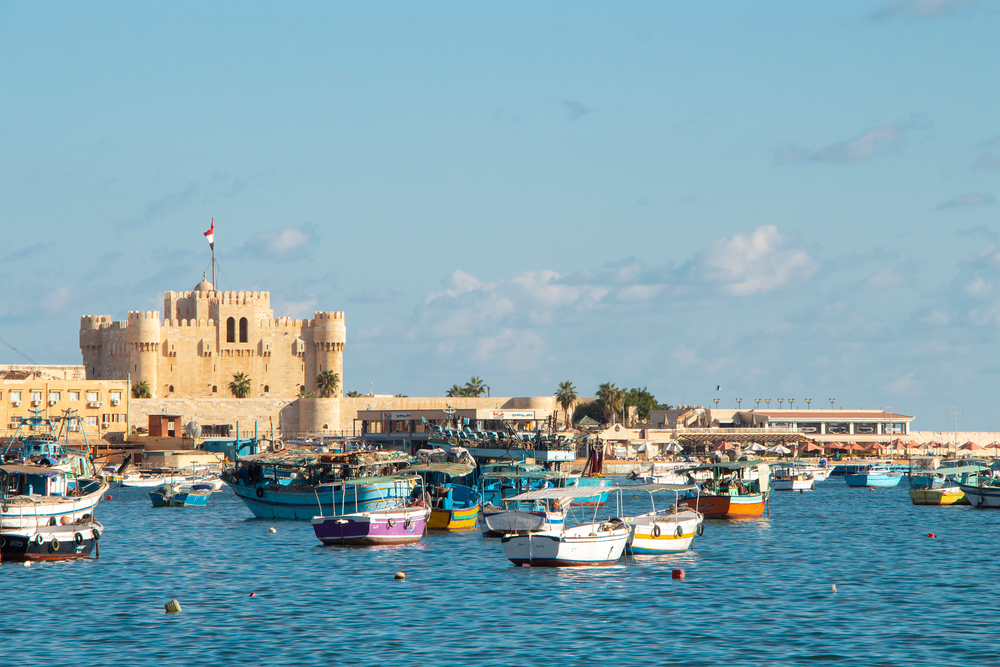
Summers are mild, though humidity can build up in July and August, the hottest months of the year.
That’s when the average temperature reaches 87 degrees Fahrenheit.
The winters are mild, with a series of strong storms that can bring torrential rain and even hail.
The average daily temperature in January, the coldest month, is 64 degrees Fahrenheit.
What Sort of Education System Does Alexandria Have?
Education is supervised by the state, as is the case in Egypt. Primary, preparatory, and secondary schools make up the state system, while university faculties and technical institutes provide advanced education.
The main public institution, Alexandria University (1942), is located immediately east of the city center.
Although Arabic is the primary language of instruction, English is an important second language and is used in a variety of professional programs.
Alexandria had a considerable number of private schools that were financed by various national and religious communities before 1952.
Victoria College, a prestigious British college founded in 1902, was perhaps the most prominent of these.
Alexandria, Egypt’s Government Structure
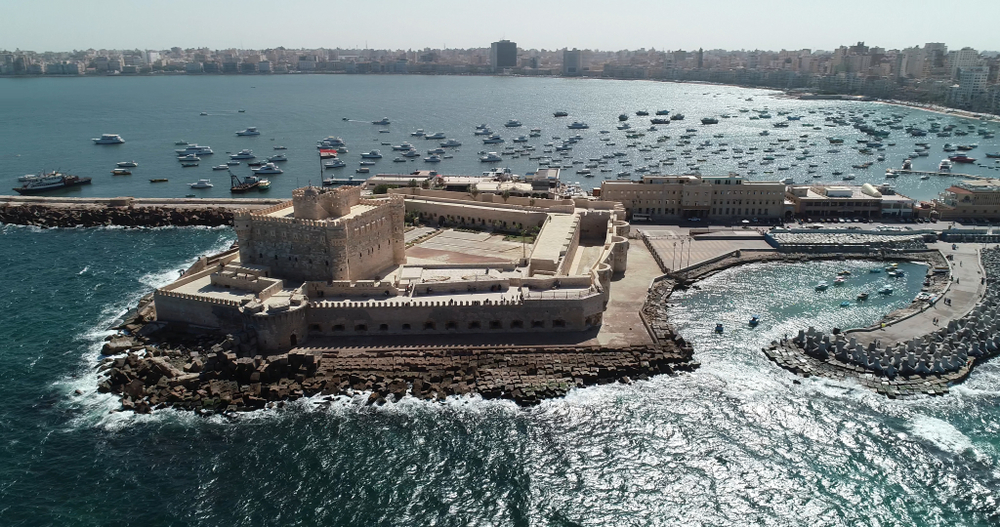
Alexandria became Egypt’s first fully-formed municipality in 1890. The municipality had a considerable degree of autonomy in controlling urban development.
That was until it was suspended in 1926 and reorganized by the Egyptian government in 1935.
It was based on an earlier organization founded by foreign export businessmen.
Since Gamal Abdel Nasser’s revolution in 1952, the president of the republic has appointed the governor, who is aided by an elected local council.
Meanwhile, the governorate reports to the Ministry of Local Affairs.
Alexandria, Egypt’s Landscape
The current city stretches 25 miles east to west along a 12-mile-wide limestone ridge that divides the Egyptian mainland from the salt lake of Mary, or Mareotis.
The Heptastadion, which is a peninsula shaped like an hourglass, connects the island of Pharos with the city center on the mainland.
It was built soon after Alexandria’s establishment. The basins of the Eastern and Western Harbors are formed by their two sharply curving bays.
Health and Municipal Services of Alexandria, Egypt
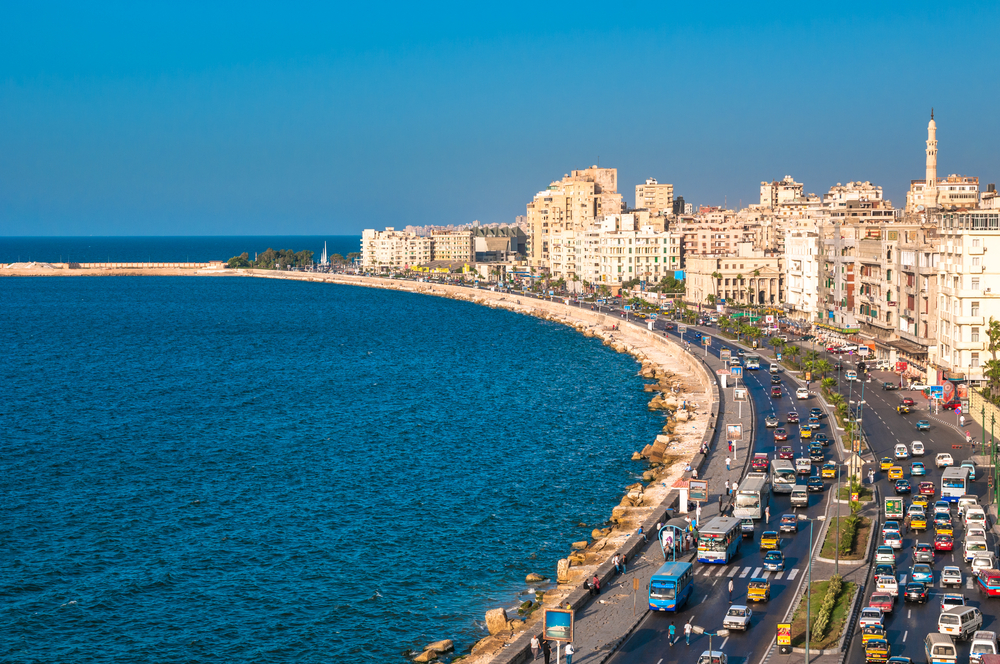
In regard to city services, Alexandria is on a level with other Egyptian cities, with all but a small percentage of residents having access to power and clean drinking water.
The city’s waste-management infrastructure has seen significant advances, with some services being privatized.
However, beach deterioration is a persistent health risk. Although efforts have been made to regulate the release of untreated wastewater, the city has been accused of pouring huge quantities of sewage into the Mediterranean.
The Alexandria Fever Hospital and a medical complex in Al-Shib (El-Shatbi) that provides pediatric and gynecological care are among the private and state clinics and hospitals that serve Alexandrians.
What Was Alexandria Like During the Greek Period?
After beginning his Persian campaign in 332 BCE, Alexander the Great constructed the city as the capital of his new Egyptian empire as well as a naval base to rule the Mediterranean.
The quantity of water from Lake Mary, which was once fed by a spur of the Canopic Nile, as well as the good mooring given offshore by the island of Pharos, influenced the choice of location.
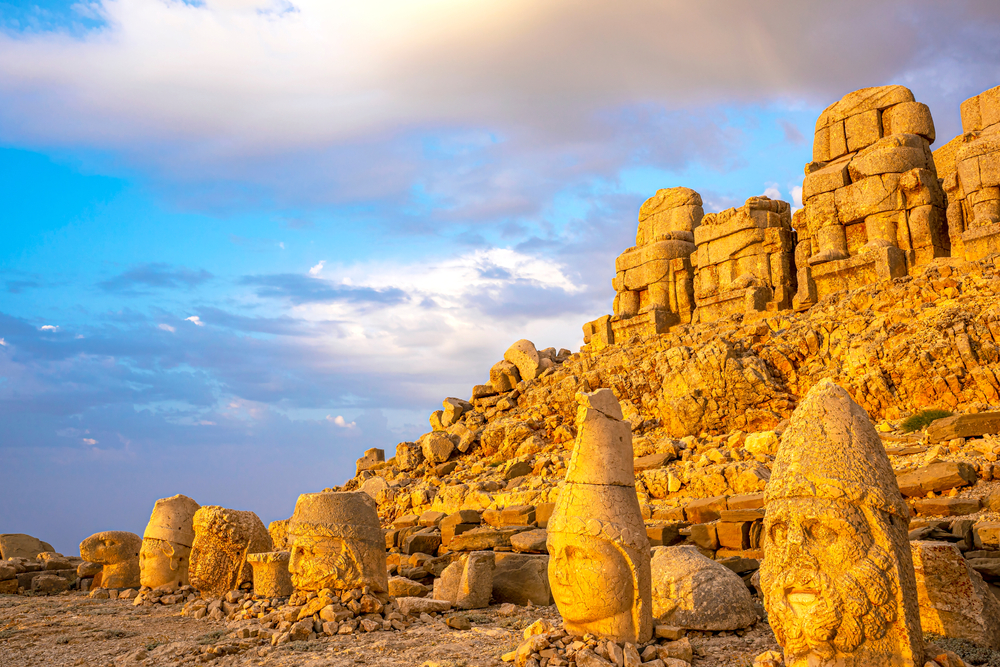
When Alexander’s empire fell apart after his death in 323 BCE, the viceroy took over, forming the dynasty that bears his name.
The early Ptolemies presided over Alexandria’s golden age, successfully blending ancient Greek and Egyptian religions in the cult of Serapis (Sarapis).
Within a century of its founding, Alexandria had grown to become one of the Mediterranean’s largest towns and a center of Greek study and research.
At the Mouseion – the renowned study center created by the Ptolemies in the early third century BCE that included the city’s legendary library – scientists like Euclid, Archimedes, Plotinus the philosopher, and Ptolemy and Eratosthenes the geographers studied.
What Was Alexandria Like During the Roman and Byzantine Eras?
The development of Rome coincided with the decline of the Ptolemies in the 2nd and 1st centuries BCE.
Alexandria was a key player in the intrigues that led to the founding of imperial Rome.
Cleopatra, the last of the Ptolemies, courted Julius Caesar at Alexandria.
The death of Caesar and Cleopatra’s fruitless backing of Mark Antony against Octavian, Caesar’s great-nephew, hindered her aspirations to restore the Ptolemaic dynasty’s fortunes.

In the mid-first century CE, St. Mark, author of the second gospel in the New Testament, is claimed to have preached in Alexandria.
Origen, who contributed to a growing synthesis of Christianity and Greco-Roman philosophy, was trained in Alexandria, as were several other notable Bible scholars and theologians of the early Christian era.
Growth of the Christian Community
Alexandria’s Christian community grew in size and prominence, resisting Rome’s efforts to impose emperor worship.
Persecutions by the state and spontaneous attacks by pagans on Christians happened regularly.
Diocletian launched a particularly brutal campaign in 303, during which many Egyptian Christians were murdered, including a number in Alexandria.
Alexandria, Egypt During the Islamic Period
Even though Alexandria gave in to Muslim Arab growth without a fight, the invasion was followed by a large departure of the Greek elite.
Except for a brief period in 645, its wealth was related to cultural and political outcomes in Islam from then on.

The rising Arab city of Al-Fus (eventually merged into the current capital, Cairo) eclipsed Alexandria politically.
Nonetheless, as Arab influence spread westward through North Africa and later into Europe, Alexandria thrived as a trading center, primarily for textiles and luxury products.
The city was also important as a naval base, particularly under the Fatimids and the Mamluks, but it was already shrinking in size as a result of its new, lower position.
The Arab walls (which were restored in the 13th and 14th centuries before being demolished in the 19th century) covered less than half of the Greco-Roman city.

